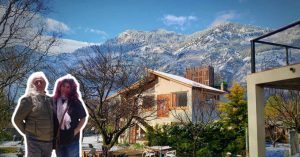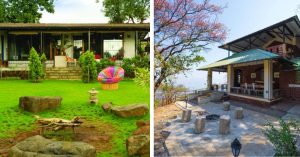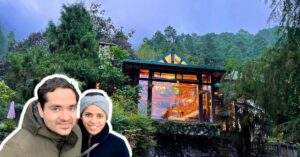Banaras: Where Food And Faith Come Together For An Out-Of-This-World Experience!
Even with Banaras (Varanasi) becoming the political hotbed this season, there has been no diminished the appeal of its eclectic beauty, ethereal spirituality, eternal weaves and exquisite cuisine, as our writer discovered on a recent visit to the ancient city.
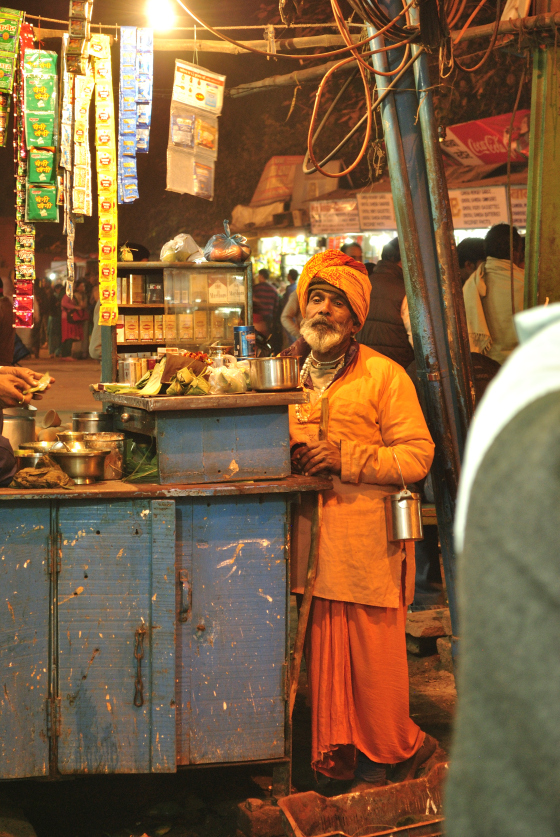
Even with Banaras (Varanasi) becoming the political hotbed this season, there has been no diminishing in the appeal of its eclectic beauty, ethereal spirituality, eternal weaves and exquisite cuisine as our writer discovered on a recent visit to the ancient city.
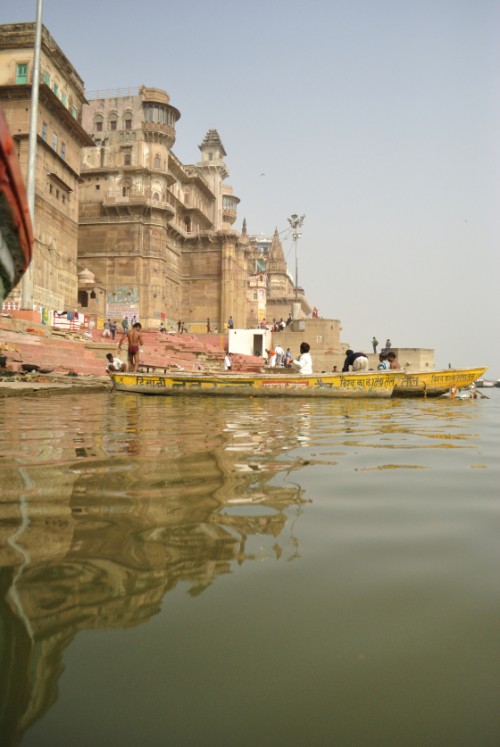
Think of vivid watercolours fading in and out of each other in different forms and shapes – holy men with painted faces and a headful of braided hair, women in rainbow-coloured sarees and men in white dhotis and kurtas. Think of water – the surface appearance of which is smooth glass – catching the sunlight with a shimmer here and a glitter there, only disturbed by floating yellow marigolds and extinguished diyas; hordes of people lining the ghats, sinking into the shimmering water as if being eaten whole, to wash away their sins and the day’s collective grime, eyes closed in deep devotion. Floral notes from incense sticks mingle with the fragrance of fried foods, steaming kulhad chai and a faint, distant smell of burning, tying the scene together neatly.
That’s Banaras for you – one of the oldest living cities in the world.
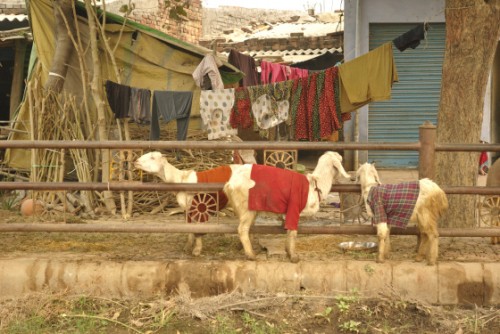
One part of Banaras’s story is on its ghats, where people of all religions gather for the evening aarti or to absolve their misdemeanours and evil. The other is in its streets – the city thrives in its vast network of narrow lanes lined with shops on both sides and bustling thoroughfare in the middle.

There are stories everywhere you look – the erstwhile royal palaces by the ghats that are now home to regular families with regular lives; ancestral homes that double up as storehouses for the locally-made Banarasi fabrics; and temples that make wishes come true. In fact, there’s a story behind the city’s better-known name too – two rivers, Varuna and Assi, come together at this point, so the city that evolved by its banks got christened ‘Varanasi’. When the Mughal rulers came, they brought the name ‘Banaras’ with them.
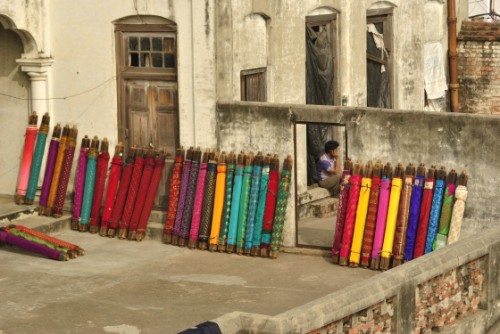
Watching the evening aarti is an experience in itself, but to witness it from a boat on the Ganga is an enchanting experience. The boatsmen drive a hard deal, finally carrying you to a vantage point from where the aarti can best be experienced. Bit by bit, more boats come closer to each other and people begin to rock restlessly as other boats block their view. When the prayers start and the (good-looking) (Forgive me, God) pundits begin with their bells and prayers, the sounds drift out into the dark night over the gentle lapping of the waves and silence even the most noisy feet jumping across boats like monkeys.
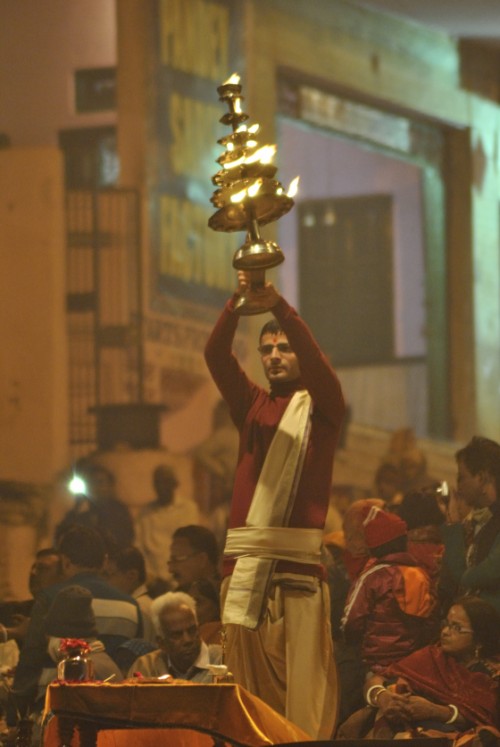
The aarti goes on for a good 45 minutes, after which the people gathered purchase diyas, bind their hopes and dreams and wishes to the burning flame and let them drift off into the vast darkness of the Ganga. And while the prayers go on on one side of the ghat, pyres glow in the darkness on the other as families watch their loved ones turn to ashes.
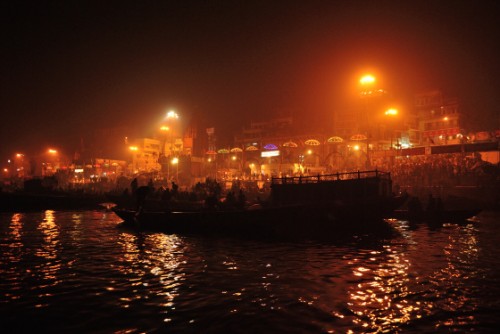
A boat ride on the Ganga will reveal that the burning ghats are not too far away. “Kehte hain, yahan ki chita kabhi nahi bujhti” (It is said that a pyre lighted here never extinguishes), a local told us, referring to the number of cremations that happen on a daily basis. Although seeing a dead body float by was one of my greatest aversions to visiting Banaras, I didn’t spot a single one – not even at the burning ghats. Death is a profitable business here.
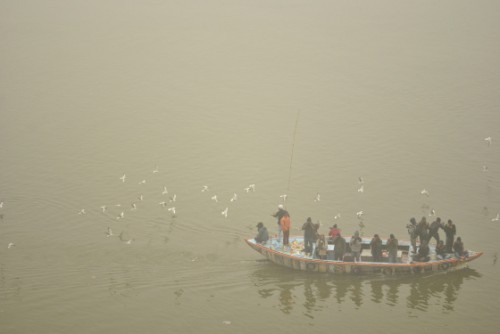
History doesn’t just live in Banaras – you can see traces of it in the places around the city too. A trip to Sarnath will acquaint one with the birthplace of Buddha. Sarnath is a quiet town – except for the bustle of tourists, mostly from other Asian countries – but quite unremarkable otherwise, considering it’s home to one of the biggest religious forces in the world. Ramnagar Fort, on the other hand, is a quaint, pretty place with an impressive collection of vintage cars, clocks, and pictures. Unfortunately, little care is taken to maintain the fort and its historic treasures – layers of dust rest on most things. The architecture’s a mix of a couple of styles, of which old-world Kolkata is the most evident. Somehow, this mélange of styles also comes together to create a distinct flavour in the cuisine of Banaras.

Chaats are a must-try in Banaras. The Tamaatar chaat, unique to the city (at least as far as I know), is made of a thick and spicy tomato gravy topped with tiny fried Bengal-gram bits, coriander, masalas, a tablespoon of Ghee and sugar syrup. It’s like the Fourth of July fireworks in your mouth, with layer after layer of flavours bursting forth. Food as a rule is rich and lip-smackingly good in Banaras, and is best washed-down with a Kulhad chai (tea in an earthen container) from one of the road-side stalls.

In the three days I spent in Banaras – well, two-and-a-half actually because our train was delayed by 10 hours – my senses were on overdrive: there’s so much to taste and experience and absorb, so much to learn about culture and history. And if this is how much I have learned in such a short time, I can’t wait to go back and see how much more I can get to know over a week.
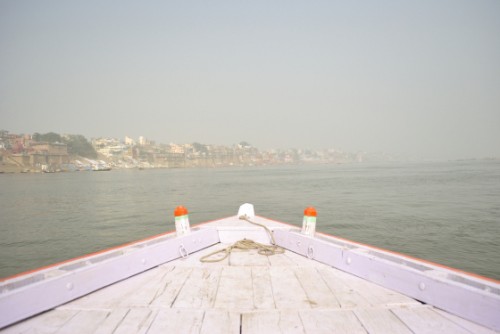
Getting there: There are direct flights to Banaras from most metros. The alternative is to take a train/bus from Delhi. The train journey is picturesque, but please avoid the Gharib Rath – it is ridiculously late at all times.
Go if: You want to soak in history, wash away your sins, want to experience culture, love stories, love colours, and love food.
This story made me
-
97
-
121
-
89
-
167
Tell Us More
We bring stories straight from the heart of India, to inspire millions and create a wave of impact. Our positive movement is growing bigger everyday, and we would love for you to join it.
Please contribute whatever you can, every little penny helps our team in bringing you more stories that support dreams and spread hope.






